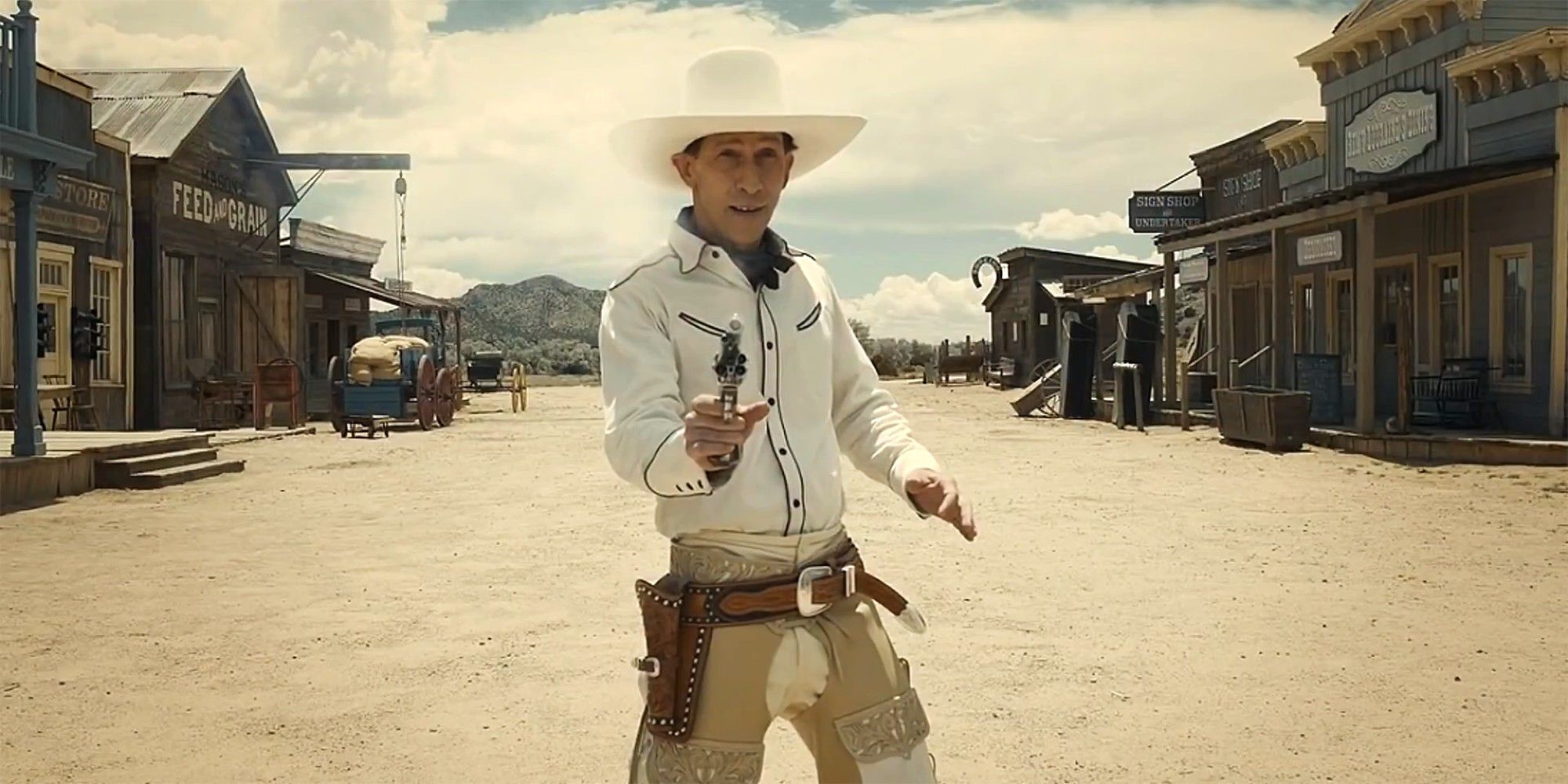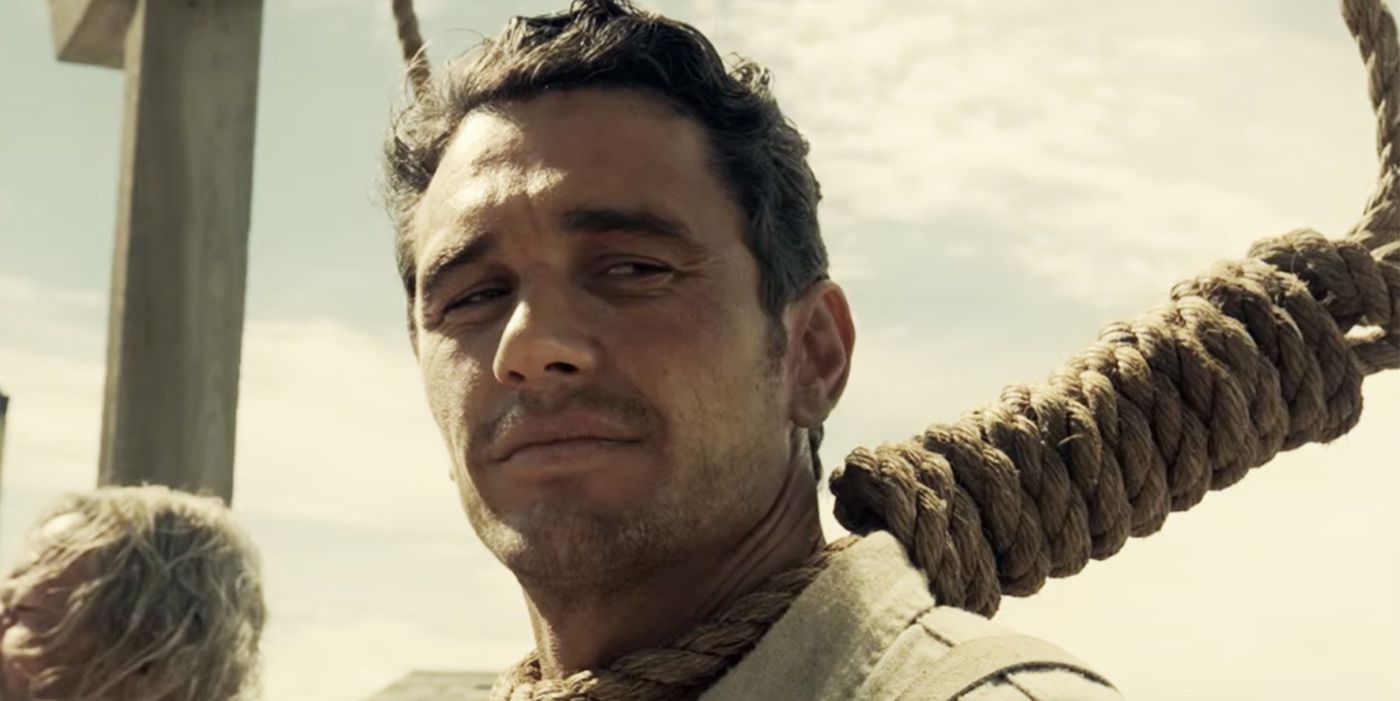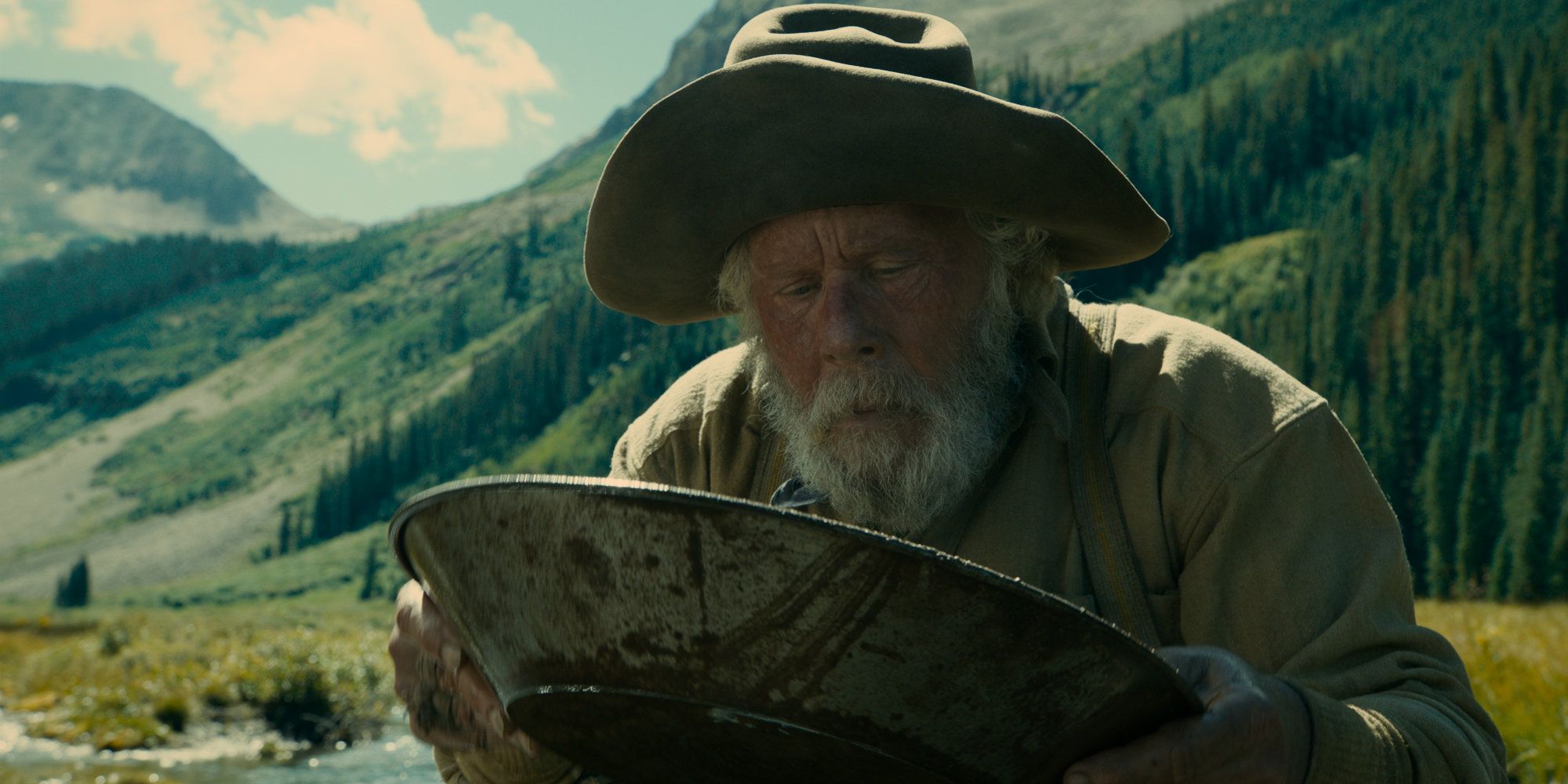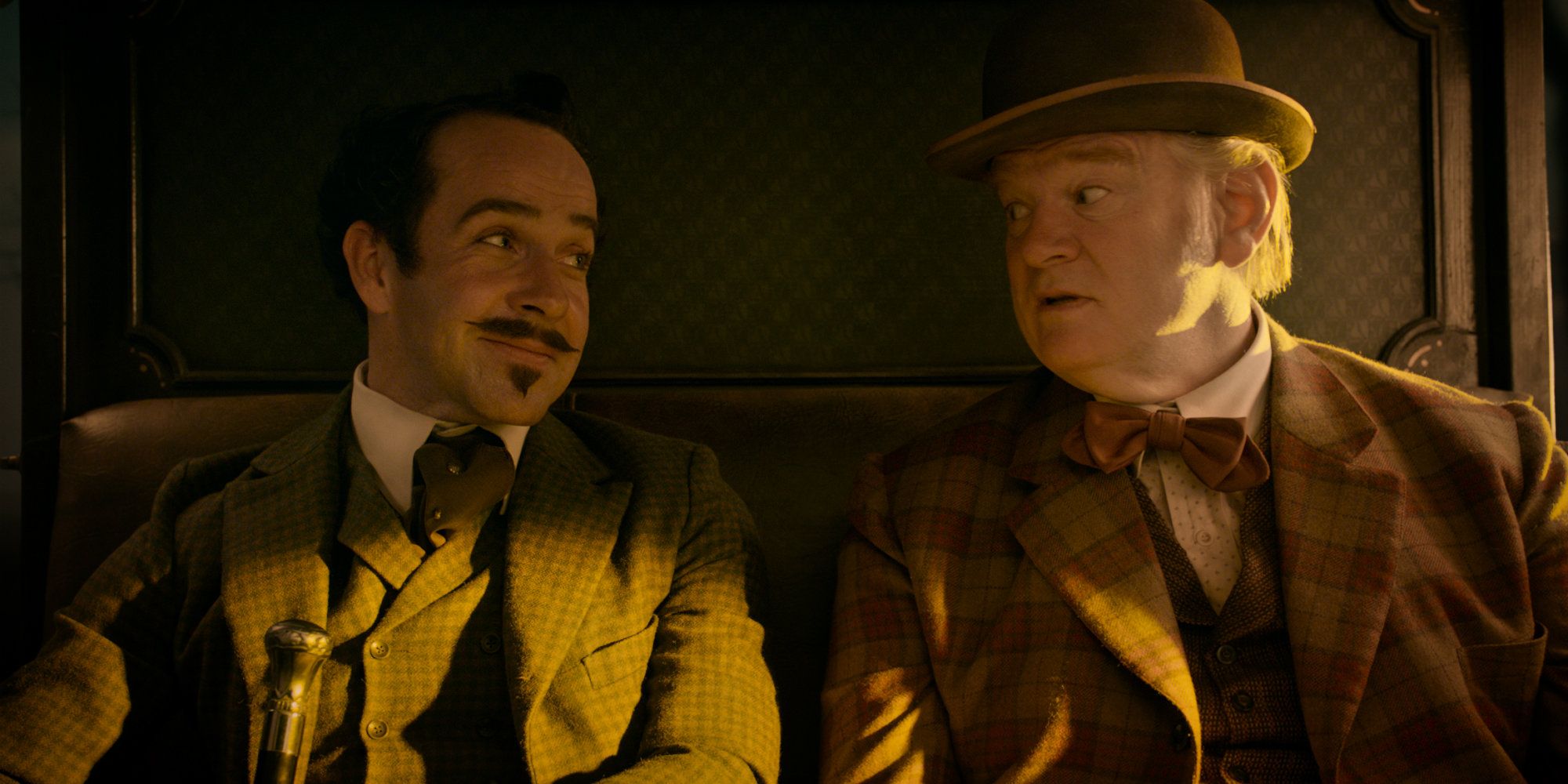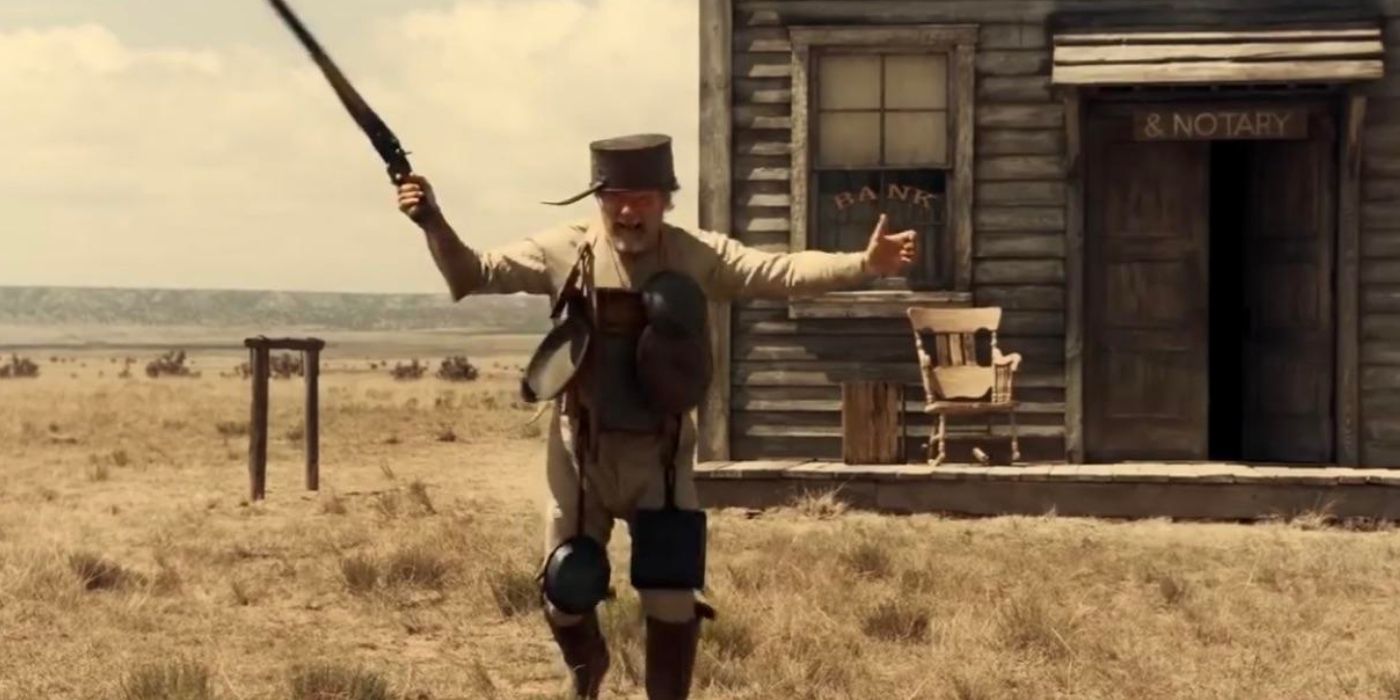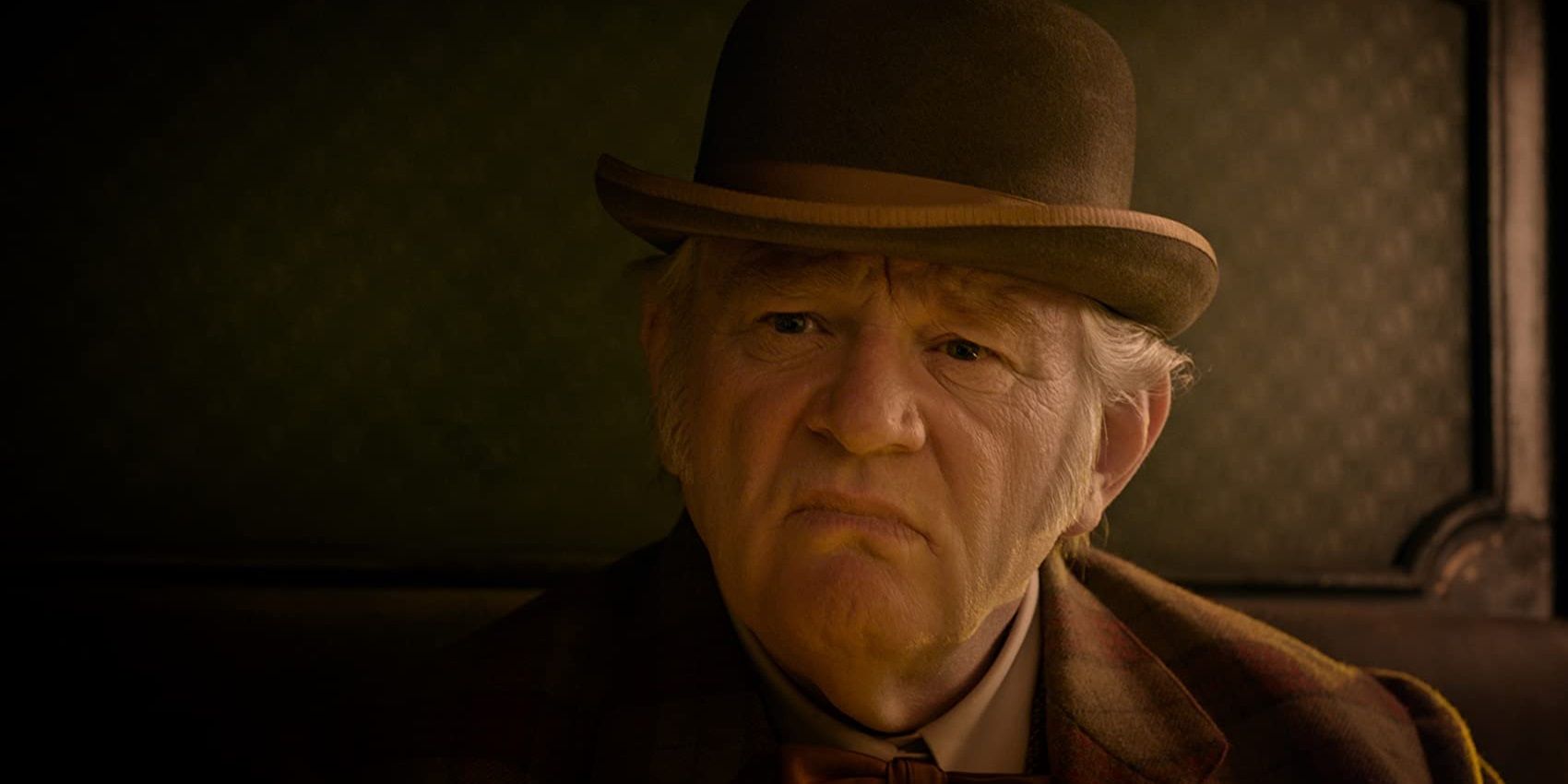Summary
- The Ballad of Buster Scruggs offers a variety of Western tales with thought-provoking and brutal endings, showcasing the harsh realities of life in the Old West.
- The first chapter of Buster Scruggs is an absurd, dark comedy that explores the nature of human behavior in the Old West.
- Meal Ticket portrays the predatory nature of show business, highlighting the sacrifices made for profit and the abandonment of an artist with disabilities.
With six separate stories taking place in the Old West, The Ballad of Buster Scruggs endings each offered something new while all sharing similar themes within Joel and Ethan Coen's Western anthology. The Oscar-winning Coens had previously explored this genre but were able to tell a variety of Western tales. The movie is separated into 6 stories, each with its own thought-provoking and brutal ending: The Ballad of Buster Scruggs, Near Algodones, Meal Ticket, All Gold Canyon, The Gal Who Got Rattled, and The Mortal Remains. The movie features several well-known actors like James Franco, Liam Neeson, and Harry Melling.
Presented as a book of Old West tall tales, the Coen brothers wrote The Ballad of Buster Scruggs over 25 years. The anthology movie chapters cycle through homages to great Western movies, darkly comedic misadventures, and morality tales with an underlying theme holding it together. The shorts deal with the many harsh realities of life in the Old West, especially death. Whether it's the violently farcical musical exploits of Buster Scruggs himself or the haunting and ghostly final carriage ride, The Ballad of Buster Scruggs' endings offer complex conclusions that may require further examination to find the true meaning.
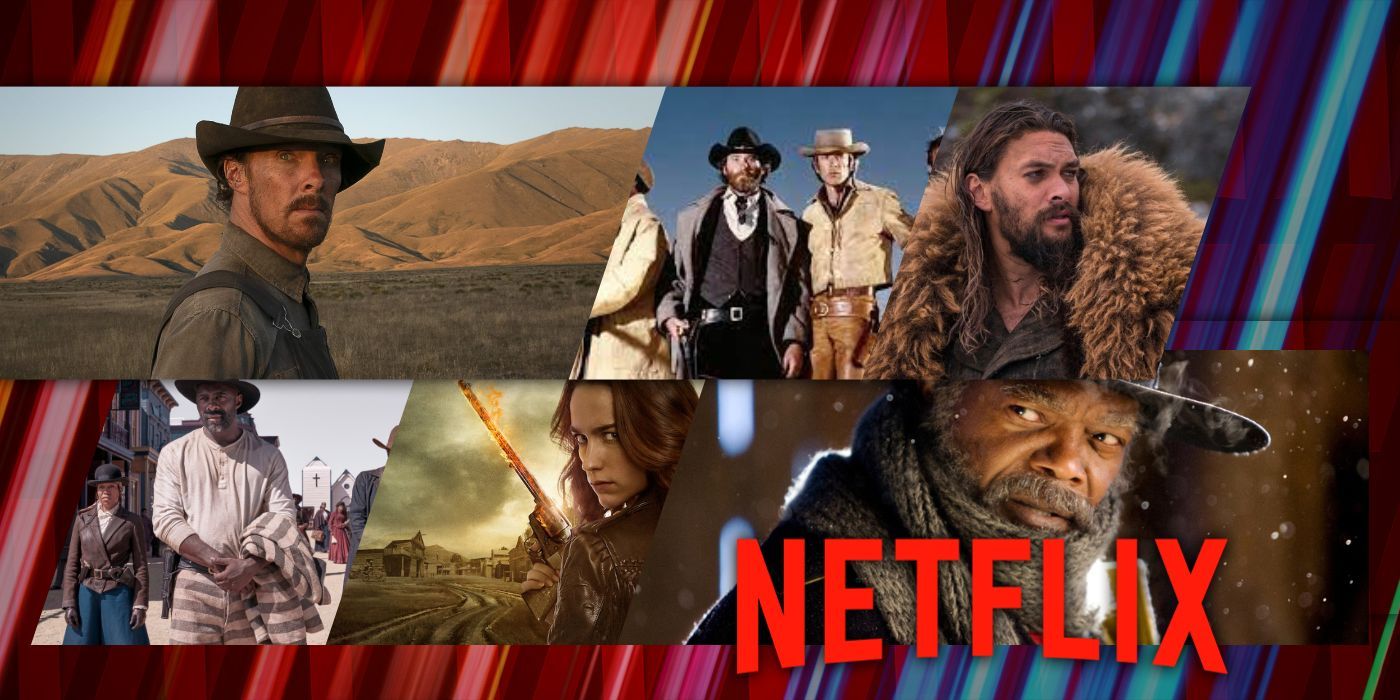
The 25 Best Westerns on Netflix
Netflix has plenty of great films and shows available, and many of them are in the Western genre. These are the 25 best Westerns on the platform.The Ballad of Buster Scruggs' Ending Explained
An Examination Of Human Nature Starring Tim Blake Nelson
Despite the upbeat nature of the movie's first short in the movie, the musical western romp The Ballad of Buster Scruggs, its ending sees a duel that closes just as quickly as it begins. Tim Blake Nelson plays Buster Scruggs, the affable singing cowboy who prefers to be known as "The San Saba Songbird". Riding through the desert with his trusty horse Dan, Buster Scruggs stops at a cantina for some whiskey where he shoots down several outlaws who start trouble with him, displaying incredible skill and timing with a pistol. The Western film then follows Buster Scruggs as he continues on his way.
He arrives at the town of Frenchman's Gulch where he tries his hand at a card game in the saloon and is forced to kill the local rogue named Curly Joe. After leading the saloon in a hilarious song mocking Curly Joe and then besting Joe's brother in a duel, another singing cowboy called the Kid (Willie Watson) arrives to challenge Buster to a duel. Overconfident, Buster accepts and is immediately shot in the head before he even realizes what happened. Now the new top gun, the Kid walks away as Buster's spirit ascends to Heaven with the two sharing a final duet.
The chapter is an absurd, dark comedy, much like a Bugs Bunny cartoon. Buster breaks the fourth wall to constantly talk to the audience, and while he seems harmless and ridiculous, his white hat belies the reality that he is actually deadly. The Coen Brothers take audiences on a wild ride that's darkly humorous and at the same time starkly brutal, and this is all accomplished in the first chapter.
Though Buster is polite and a good sport, he also understands that in the Old West, people are mean-spirited and prone to cheating and ill behavior. He's never surprised when he's greeted with the threat of violence everywhere he goes, and he understands that death can come at any moment — usually from his own pistols, though that's not what happens in the ending.
Buster Scruggs explains that things escalate quickly in the Old West, with one thing leading to another — including his own sudden demise to the Kid, who specifically followed Buster to town to kill him. "You can't stay top dog forever," Buster says after he's shot in the head. The Ballad of Buster Scruggs' meaning in this chapter is basically a treatise about human nature, ending with Buster's ghost (complete with angel wings) hoping that the next place he's going isn't filled with the same kind of rotten people he dealt with in life.
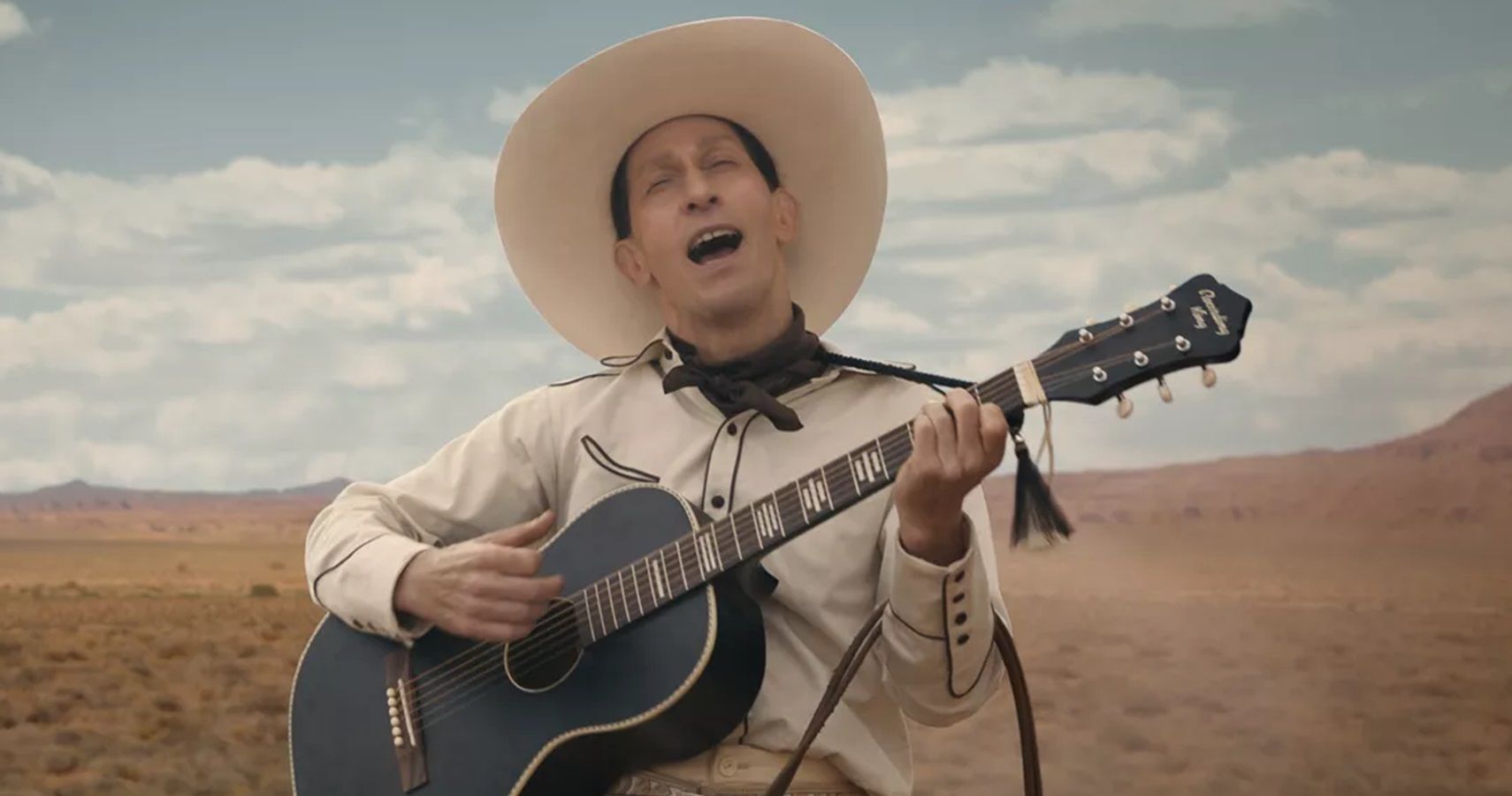
The Ballad Of Buster Scruggs: Every Major Performance, Ranked
The Coen brothers' dark, Old West anthology film, The Ballad of Buster Scruggs, is packed with a stellar cast. Which actor is the best?Why Buster Scruggs Refuses To Play His Hand
The Hands Foreshadows Buster's Death In The End
A small aspect of the Coen Brothers' The Ballad of Buster Scruggs that isn't directly explained is why Buster refuses to play his hand in cards. After taking over for another man, Buster sees the cards and chooses to opt out only for Curly Joe to insist he must since he's already seen the cards, leading to Buster killing him. The hand that Buster was holding is called "Aces and Eights", which anyone well-versed enough in Poker would know — especially Curly Joe is a decent hand.
While the outlaw doesn't outright say why he never played his hand, the reasoning is probably superstition. Buster Scruggs went into the Frenchman Gulch's saloon with the intent to kill, and the hand is also known as "Dead Man's Hand". Aces and Eights was rumored to have killed outlaw Wild Bill Hickock, and the legend is that was the hand he was holding when he died. Buster obviously didn't want to face the same fate as Wild Bill, but it seems that the hand foretold his inevitable death in The Ballad of Buster Scruggs' ending.
Near Algodones' Ending Explained
The Spaghetti Western Tale Starring James Franco And Stephen Root
In the Spaghetti Western-inspired Near Algodones, a cowboy tries to rob a bank, but the simple stick-up goes completely awry. Despite the bank teller (Stephen Root) cheerfully telling the cowboy (James Franco) about how he violently foiled the previous two attempts by bandits to rob his bank, the cowboy takes his shot and finds the teller extremely well-armed. After chasing the cowboy outside, the teller, clad in tin armor, knocks the cowboy out. The cowboy awakens with a noose around his neck but the posse looking to string him up is attacked by Comanche.
The cowboy is finally saved by a cattle rustler (Jesse Drover) only to be set upon by lawmen and find himself in town with another noose around his neck. This time, nothing stopped the cowboy from being hanged. Near Algodones is the shortest and snappiest tale in the Coen Brothers movie and nicely proves The Ballad of Buster Scruggs' meaning about escalation in the Old West. Essentially, the cowboy had his fate sealed when he decided to rob the bank, and death was assured despite how he seemingly escaped being hanged by sheer luck.
The irony here is the cowboy was ultimately executed for rustling livestock and not for his attempted bank robbery, but the Coen Brothers are playing with the fact that he was done for, no matter what. The cowboy does see the irony in his situation – his second time in a noose that day – and jokes, "First time?" to the man breaking down in tears next to him on the galley. At least the last thing the cowboy sees is a pretty girl before his quick and violent end.
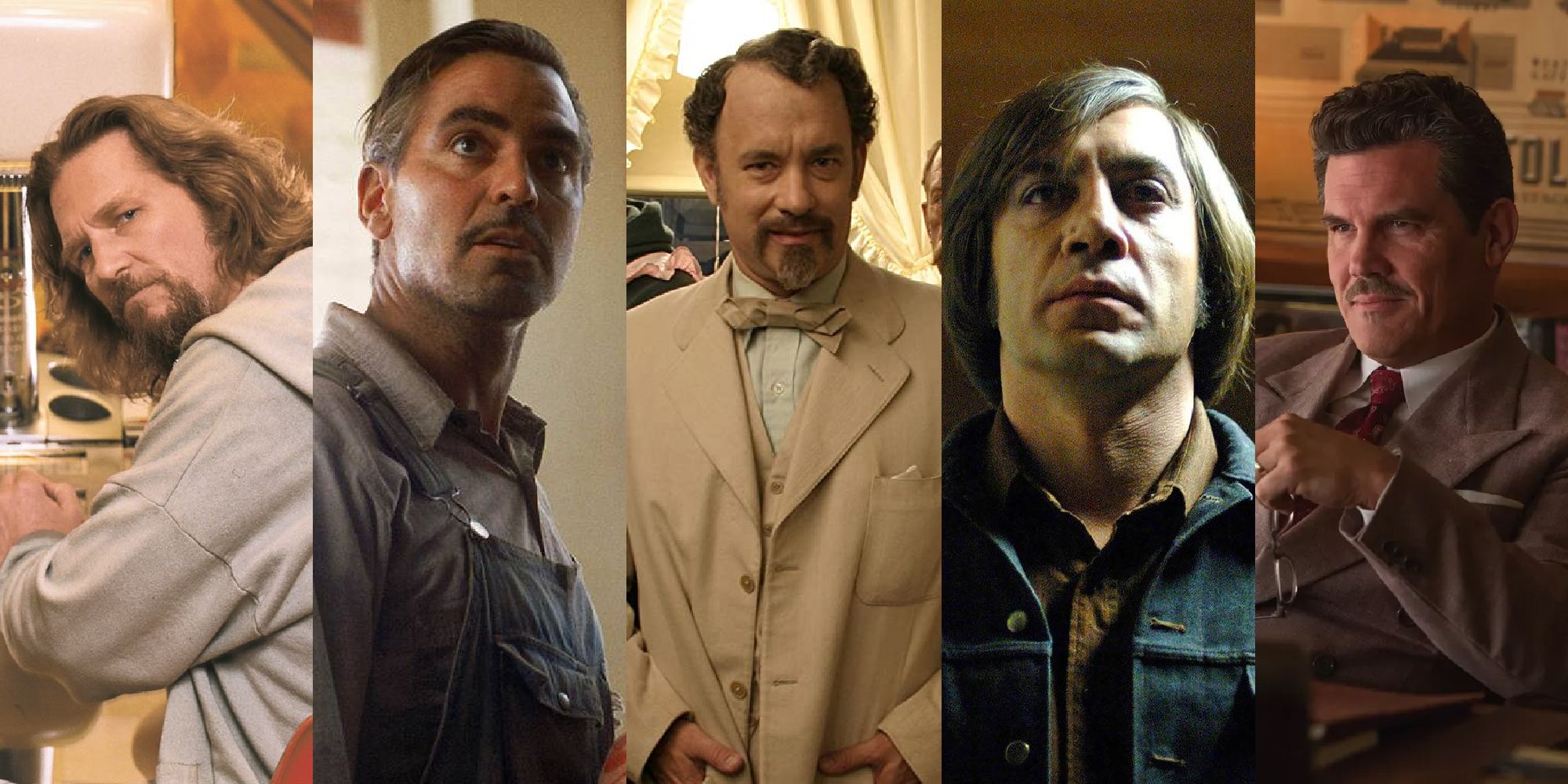
Every Coen Brothers Movie Ranked Worst To Best
We dissect the 36-year career of modern cinema's most famous directing siblings, Joel and Ethan Coen, and rank their movies from worst to best.Meal Ticket's Ending Explained
An Expose On The Predatory Nature Of Showbusiness Starring Liam Neeson And Henry Melling
In the grim third chapter of The Ballad of Buster Scruggs, titled Meal Ticket, an Impressario (Liam Neeson) arrives in a town and advertises a show by "Harrison: 'The Wingless Thrush' - Celebrated Thespian, Orator, and Entertainer." The performance is a one-man show by the Artist (Harry Melling), an actor with no arms or legs. The Artist performs Ozymandias, various bits of Shakespeare, and closes with The Gettysburg Address.
The initial performance goes well, with a reasonably large and appreciative crowd, but as they travel from town to town, the crowds grow smaller and their profits dwindle. After a poorly attended performance, the Impressario sees a huge crowd gathered to watch a show about a chicken that can apparently count numbers. The Impressario purchases the chicken and then throws the Artist off a cliff to drown before heading to the next town with his new show.
Harsh and melancholy, Meal Ticket feels like this chapter of The Ballad of Buster Scruggs is a commentary on the predatory nature of show business. The Impressario seemed to care for the Artist (with a theory they may be father and son), but as the story continues, we realize they never speak to each other and the somber Artist seems to understand his literal shelf life has a time limit.
The Impressario ridding himself of the Artist, whom he had to dress, help go to the bathroom, and spoon-feed, is made easier for him because his profits are drying up. Their show was also highbrow, whereas the chicken that can count drew bigger crowds. The Impressario realized he could make more money catering to the lowbrow tastes of the poor and uneducated.
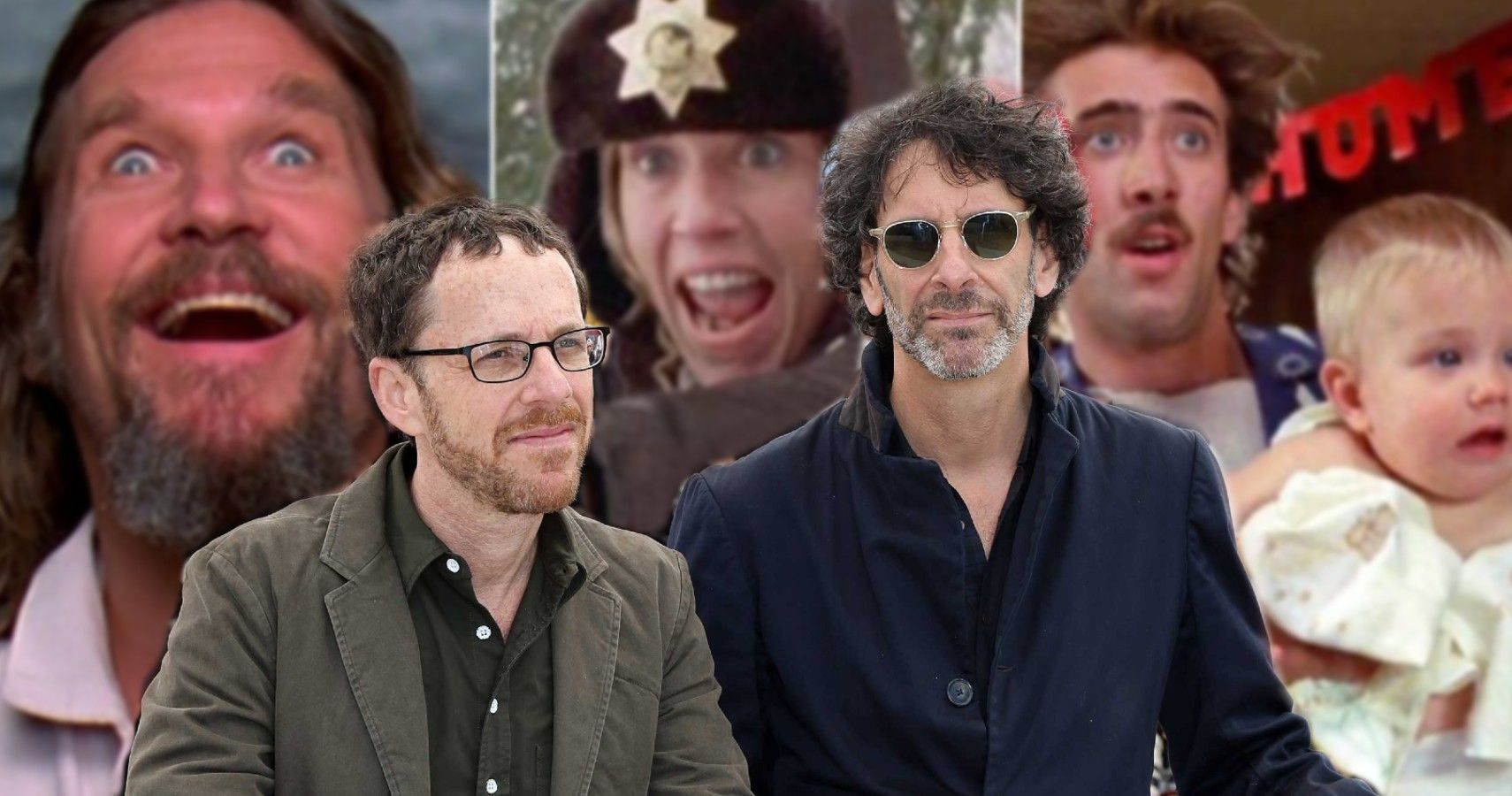
The Coen Brothers: 11 Things You Never Knew About The Filmmaking Duo
The Coen Brothers are both comedic geniuses and masters of neo-noir, but there's a lot about them that fans don't know.All Gold Canyon's Ending Explained
The Study Of The American Dream Starring Tom Waits
In All Gold Canyon, the fourth story in The Ballad of Buster Scruggs, a lone prospector comes upon a beautifully scenic canyon surrounded by trees and mountains and believes there's a pocket of gold to be unearthed by the river. Working diligently, he finds tiny nuggets in the dirt, which drives him further to find that pocket.
The prospector (Tom Waits) digs deep into the earth and discovers the pocket, but his celebration is cut short when a man (Sam Dillon) who has been shadowing his claim shoots him in the back. The man doesn't realize that his shot didn't kill the prospector, who attacks and kills the man. After recovering from his wound, the prospector buries the man and leaves with his bags of gold.
With its breathtaking vistas and a sweeping score, All Gold Canyon is the most inspirational of the shorts and is essentially a one-man show by Tom Waits. The prospector struggled into old age looking to strike it rich but he seems to have lived an honest, hard-working life. (As he tells his claim, which he calls 'Mr. Pocket', "I'm old, but you're older!") This chapter is about the frontier spirit of the West and the romance of going forth to seek fortune, that America and its riches were there to be claimed.
The prospector also respects the nature he's trying to earn his living from. He returned (most of) the eggs he found in a nest when he saw the owl who laid them watching. All of this is why the prospector was so incensed by the man who tried to steal his claim — not only did he shoot the prospector in the back, but he watched all along while the prospector did all of the work, just waiting to swoop in and take it all for himself. However, the prospector, who earned all of the gold in the canyon, not only lived but triumphed in the end, claiming his just rewards.
The gold rush and the American dream are explored in a lot of Western movies and this is a form of the American Dream found in The Ballad of Buster Scruggs, which a lucky few were indeed able to achieve in the Old West.
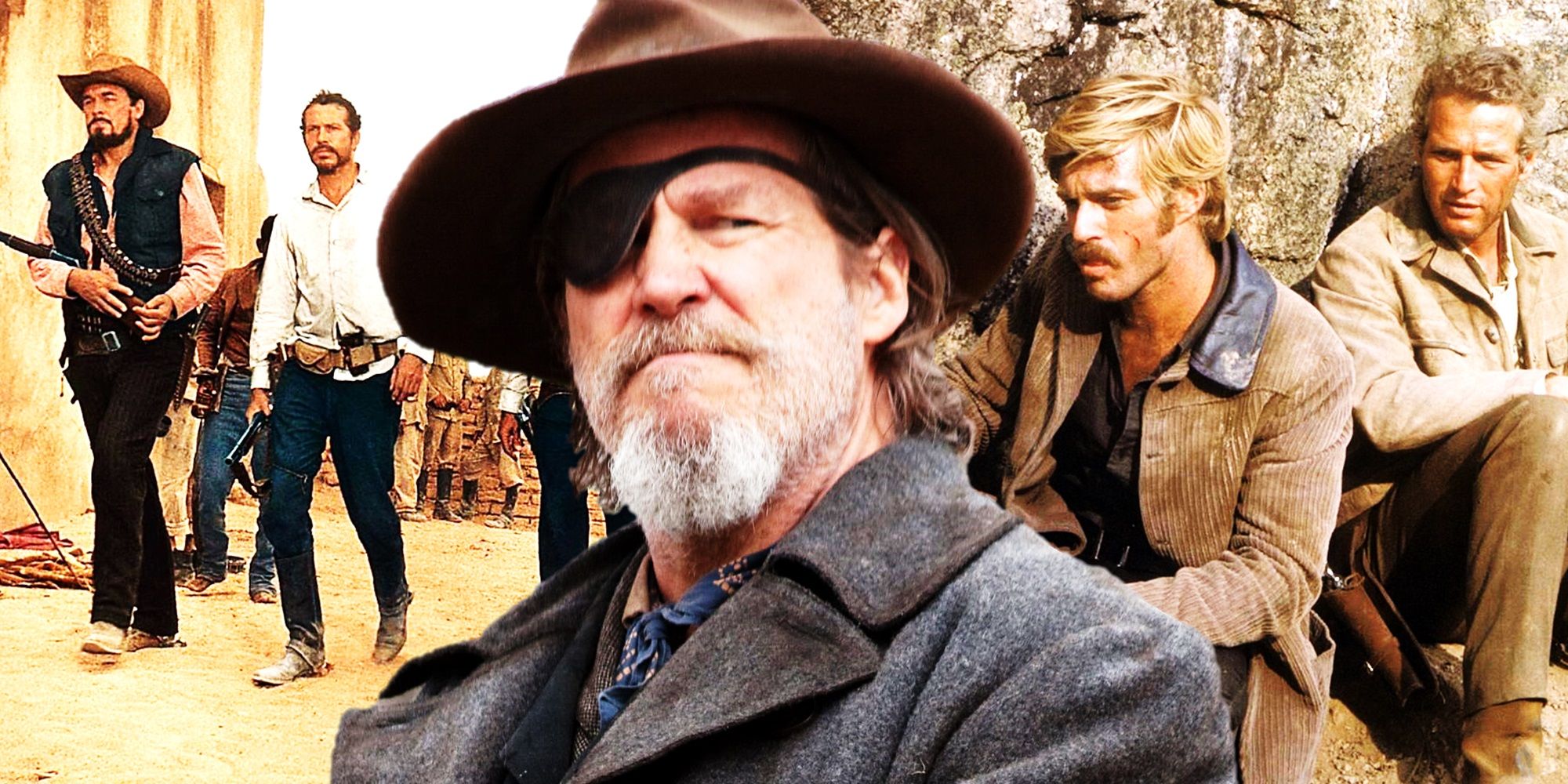
10 Greatest Western Movie Ensemble Casts Of All Time
Since the western was Hollywood's favorite genre for decades, there are a ton of westerns with star-studded ensemble casts teaming up screen legends.The Gal Who Got Rattled's Ending Explained
The Oregon Trail Tale Starring Zoe Kazan, Bill Heck And Grainger Hines
The 5th chapter of The Battle of Buster Scruggs follows Gilbert (Jefferson Mays) and Alice Longabaugh (Zoe Kazan) who are brother and sister en route via wagon train to Oregon in The Gal Who Got Rattled. On the trail, Gilbert dies of cholera, leaving Alice with no money, a $400 debt to Matt (Ethan Dubin), the boy running their wagon, and an uncertain future in Oregon. Billy Knapp (Bill Heck), the kindly cowboy in charge of the train, befriends Alice and, as he has grown tired of his life working the trail, he asks Alice to marry him, thereby assuming her debts and giving them both a future. Alice accepts his proposal.
Later, Billy's partner Mr. Arthur (Grainger Hines) finds Alice after she has wandered off the trail and they are attacked by Comanche. As he prepares to fight them off, Arthur hands Alice a pistol and instructs her to shoot herself if he is killed so that she isn't taken captive by the Comanche. Arthur is seemingly killed but survives and fights off the horde only to find Alice did as he instructed and killed herself when she thought Arthur had died.
Alternating between sweetness and tragedy, The Gal Who Got Rattled is really about the follies of rigidly adhering to pragmatism. The Ballad of Buster Scruggs' ending to this chapter mirrors that of the Shakespearian tragedy Romeo and Juliet. The longest and most complex of the shorts in The Ballad of Buster Scruggs, the story begins with Alice following her failed businessman brother to Oregon, where she is ostensibly being traded as a bride-to-be to his prospective employer.
After Gilbert dies, Alice's concerns are about settling his debts, while Billy Knapp gradually melds his romantic interest in Alice with his ability to legally solve her economic problems. Pragmatism even comes into play with Gilbert's dog, President Pierce, who Alice agrees to be put down because he annoys the wagon train with his barking. However, President Pierce not only escapes Billy's attempt at euthanasia, he ultimately survives both Gilbert and Alice.
The Ballad of Buster Scruggs' meaning behind this chapter involves pragmatism. Alice's pragmatism leads to a sad end when she does exactly as she is instructed by Mr. Arthur and commits suicide, not realizing he survived his fight with the Comanche. It's doubly tragic because Billy is a good and considerate man who is looking forward to starting a new life with Alice, even though it troubled him to leave behind the older Mr. Arthur, his mentor, and partner of 15 years. In the Old West, even good people trying to do the right thing can have fortune backfire on them.
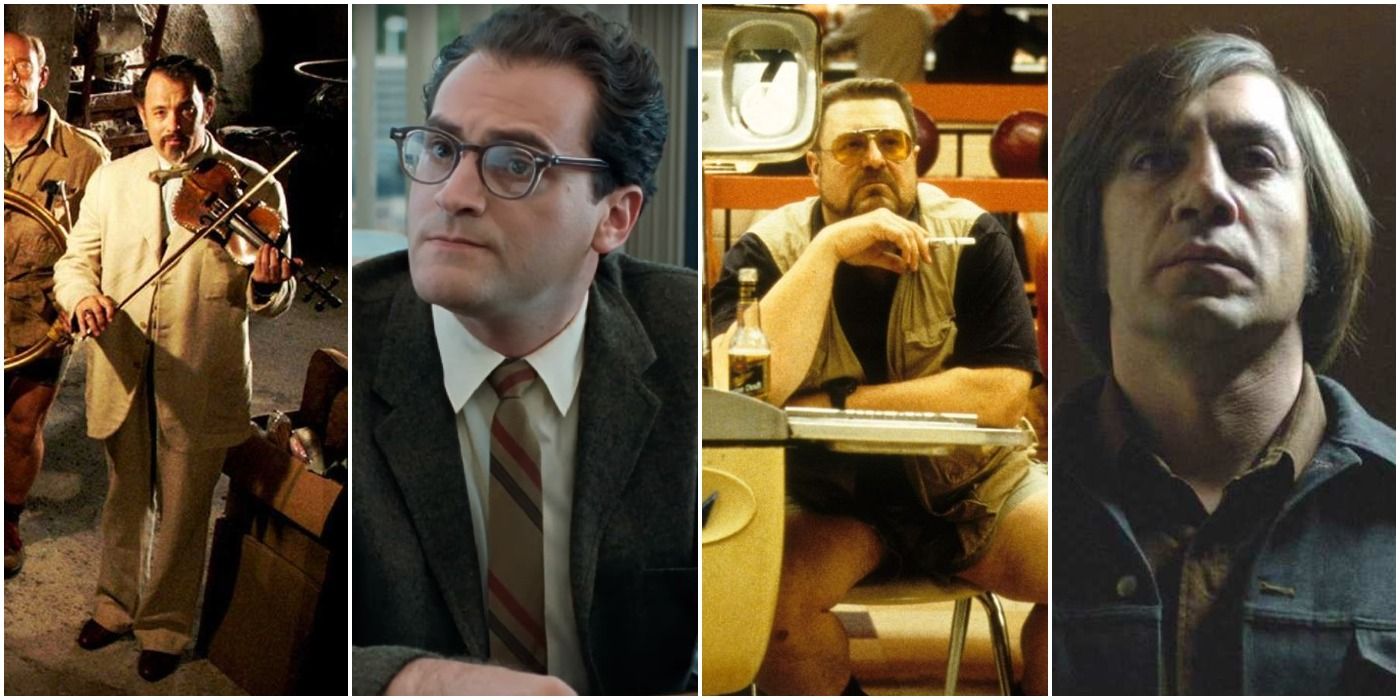
Coen Brothers: Their 5 Funniest Movies (& Their 5 Darkest)
Many Coen Brother films are dark comedies. Here are their funniest films, and the ones with the darkest themes.The Mortal Remains' Ending Explained
A Short Discussion About Death Starring Brendan Gleeson, Tyne Daly And Saul Rebenik
In The Ballad of Buster Scruggs' ending chapter, a lady (Tyne Daly), a trapper (Chelcie Ross), a Frenchman (Saul Rubenik), an Irishman (Brendan Gleeson), and an Englishman (Jojo O'Neill) share a stagecoach ride together. In between singing songs, the trapper regales the passengers about his life on the frontier and his relationship with a Comanche woman. The religious lady, on route to reunite with her preacher husband, is offended by the trapper's life of sin.
The Frenchman argues about the nature of love with the lady, who has a momentary health scare. The Englishman then tells the story of how he and his Irish friend — both bounty hunters — captured their latest quarry, whose body is being transported on the roof of the stagecoach, and what it felt like to watch him die. Finally, they all arrive at their destination and enter the hotel.
While The Mortal Remains is the only one of the shorts where no one dies, this chapter of The Ballad of Buster Scruggs is very much about death. The trapper is convinced people are no different from the ferrets he skins for pelts, the lady sees only sinners and the righteous, and the Frenchman argues that people change and behave according to desire and circumstances. Whether or not any or all of them are correct, the bounty hunters' story argues that death is the inevitable common denominator.
However, it's strongly implied that the trapper, Frenchman, and lady are actually dead. The Irishman's final song, "Pills of White Mercury," is about a man slowly dying of syphilis, and the Englishman said he and the Irishman like to think of themselves as "reapers... harvesters of souls" and not bounty hunters.
The Englishman's story of the Midnight Caller is a treatise about how humans try to process the moment of their death, so the passengers are being driven to their final destination — the hotel at Fort Morgan — by their spectral coachman. The Mortal Remains slowly reveals itself as a supernatural tale and is a surreal punchline that marks The Ballad of Buster Scruggs' ending.
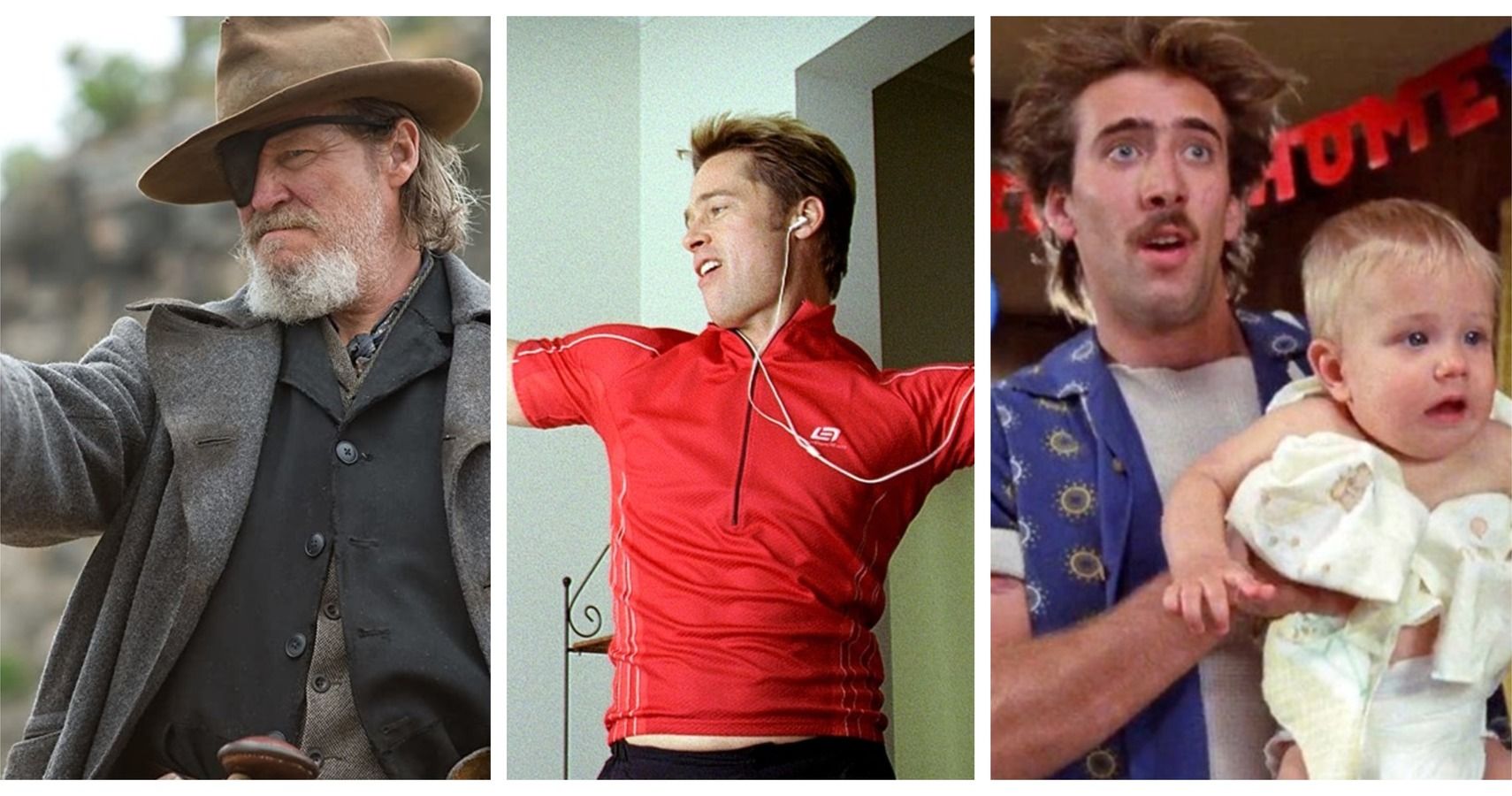
The Coen Brothers: 10 Funniest & Memorable Characters
The Coen Brothers are known for their dark, witty comedy and dry, honest protagonists that offer unique humor. Here are their funniest characters.The Ballad of Buster Scruggs' Meaning Explained.
The Old West Movie Carried Modern Commentary
Ultimately, The Ballad of Buster Scruggs' meaning nods to death, human nature, and the ideals that lead people through life toward the inevitable. Indeed, a lot of the social commentary made in the film is still relevant by today's standards. Placing these stories in the Old West only magnifies the fact that the status quo has changed little since then.
For example, in The Gal Who Got Rattled, the story is about how Alice's strict pragmatism led to her tragic fate, but in a way, she was forced into it. Women of that period had little to no autonomy without a man at their side, and therefore, they got married. This still rings true for many women today as society has yet to catch up when it comes to true equality.
Another more obvious relevant societal critique comes from Meal Ticket, as it speaks to the harsh and fickle nature of show business and capitalism, basically showcasing how little art is appreciated and discarded if it is not making money. The Ballad of Buster Scruggs' ending shows that all of these societal ideals taken on by Western culture don't matter in the end when death comes knocking, pointing to the uselessness of it all.
While Western movies featuring social commentary are not uncommon for the genre, the six stories together act as social commentary on the entirety of the human experience leading up to the inevitable (particularly in western society). The Ballad of Buster Scruggs acts as a harsh critique of the American Dream, toxic masculinity, and Western ideals as a whole. While the Coen Brothers may not have meant the stories to be cautionary tales, the shocking endings to each chapter certainly don't feel that far off from one.
In terms of the American Dream, each main character strives for their own version of it, which is futile as it's informed by societal standards from the start. In turn, by reaching for riches and autonomy they waste their lives and just end up dead anyway. Toxic masculinity and gender norms are also explored throughout the film, mostly in the characters of Buster Scruggs, Annie, and the cowboy. The three characters follow their gender norms to a fault, and once again, they just end up dead. All of the characters have their Western ideals etched into their actions and decision-making leading them to have miserable lives that ultimately end in tragedy.
Each of the stories comes together distinctly and The Ballad of Buster Scruggs' meaning is played out in full in The Mortal Remains, basically giving audiences a chance to catch up on what they may have missed from the first five installments. Each carriage ride member has their own very different set of morals, some informed by faith and others by experience. They quarrel and feud over these things but, in the end, death comes for them, and whatever they hold fast to doesn't matter anymore. Ultimately, The Ballad of Buster Scruggs' ending is about death, human nature, and the Western beliefs that are still adhered to in today's culture but are truthfully futile and often damaging.
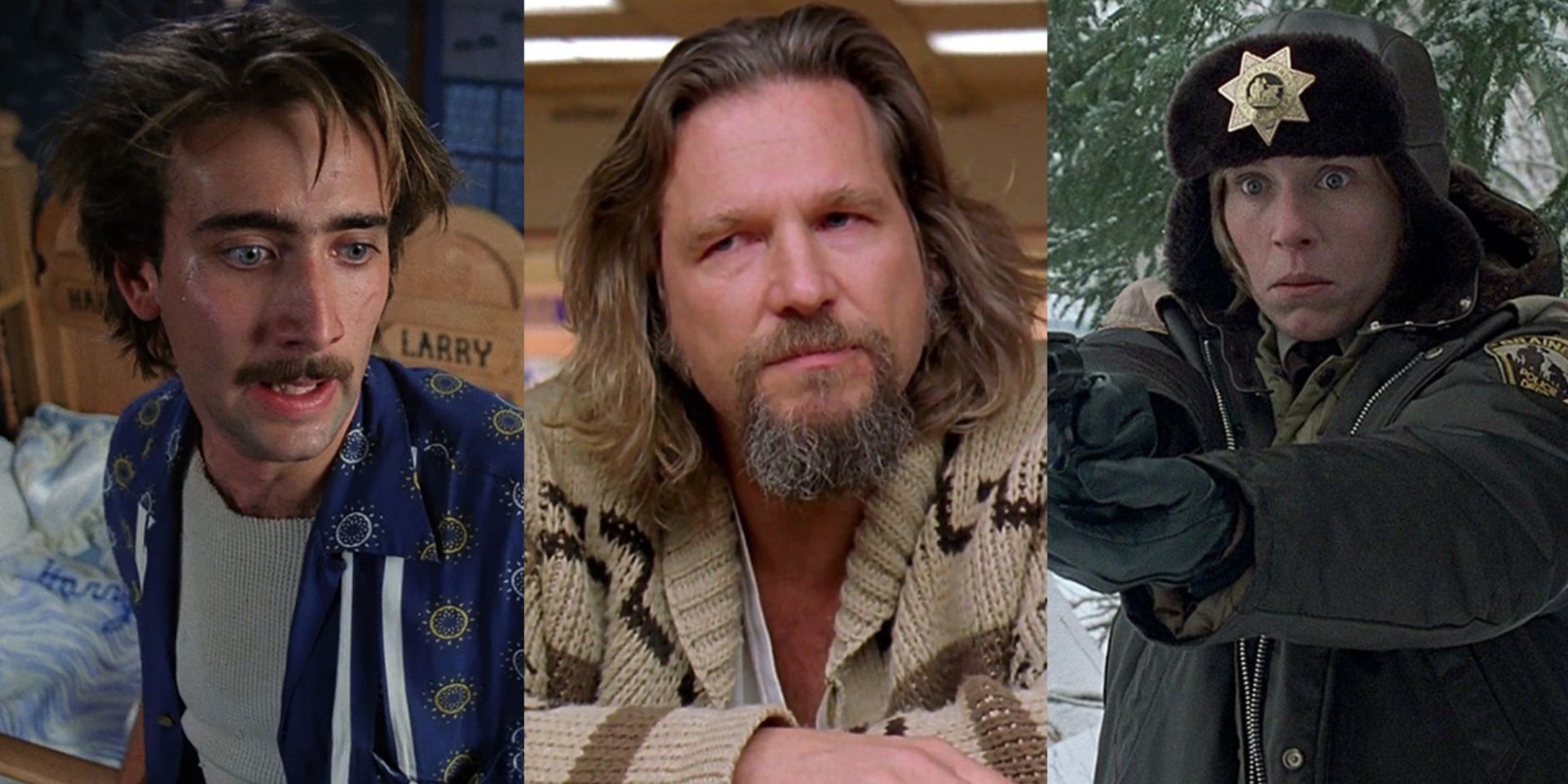
The 10 Most Rewatchable Coen Brothers Movies
From Fargo to Raising Arizona to The Big Lebowski to No Country for Old Men, the Coen brothers' best movies can be enjoyed over and over again.How The Coen Brothers Explain The Ballad Of Buster Scruggs
The Coens Admitted Death Is Central To The Movie
When looking to have The Ballad of Buster Scruggs explained, there are few better choices than the filmmakers themselves. The Coen Brothers are notorious for avoiding any deep analysis of their movies, preferring that the movies speak for themselves, but they were willing to offer a little explanation as to the connection between all these movies.
In an interview (via: The LA Times), Joel and Ethan Coen admitted they began writing the shorts for fun without knowing what they would do with them. However, they did eventually recognize a shared theme as Ethan Coen explains:
"Certainly at the point where we’d written three or four of them and thought we had almost enough to do as a feature, we started thinking consciously about what ties them together. And clearly that was death."
When looking at the movies of Joel and Ethan Coen, it is not hard to see that this is a theme that creeps up in a lot of their work. The Ballad of Buster Scruggs also touched on other favorite Coen Brothers themes such as turning to crime and the injustices of the world. However, when asking the brothers if they are conscious of such similarities in their movies like Fargo and No Country for Old Men, Ethan Coen claimed, "we don’t think about our own movies in connection with each other. That’s kind of a critical exercise. It’s not our exercise." As such, the movie can be looked at on its own within the filmmakers' impressive filmography.
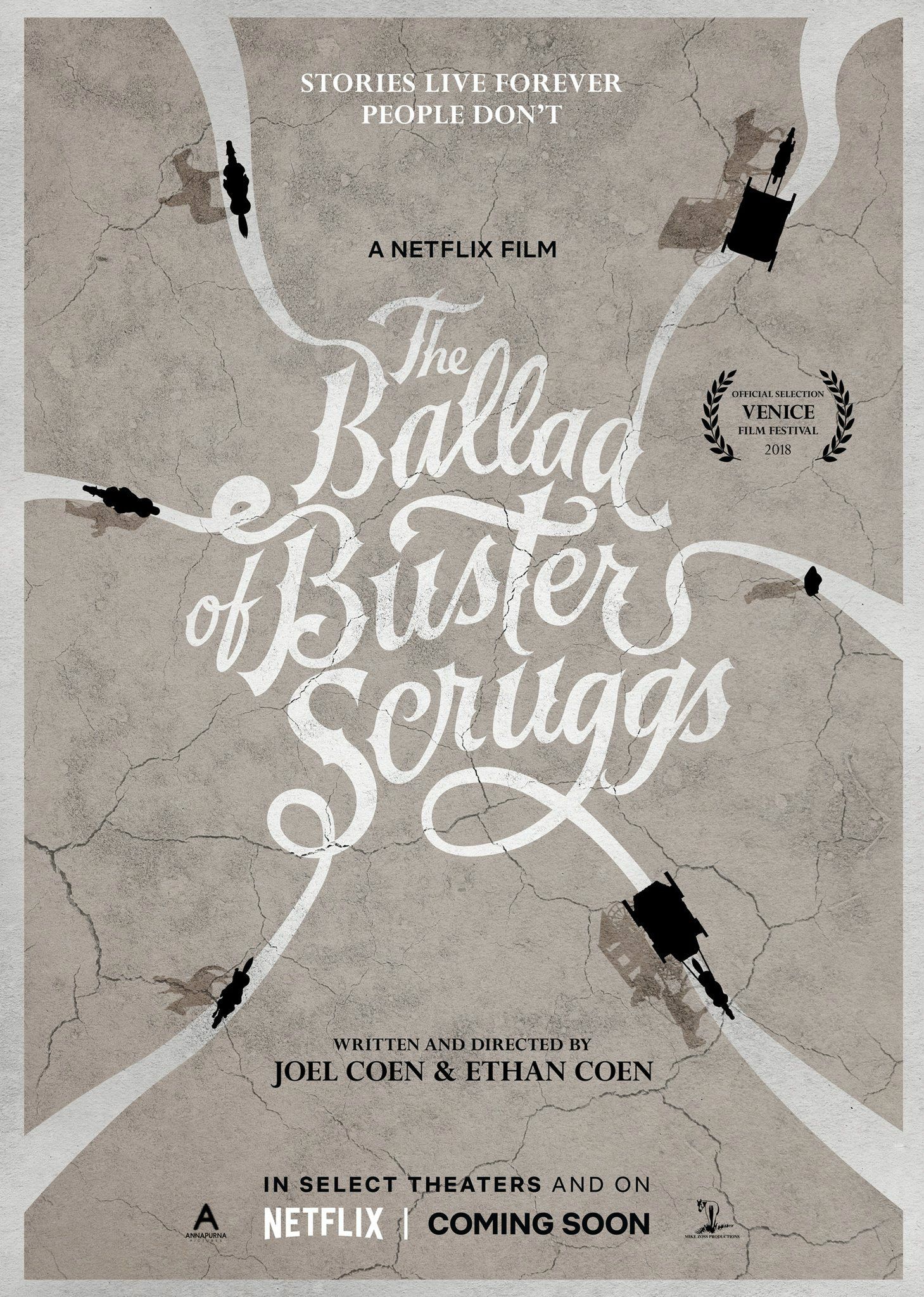
The Ballad of Buster Scruggs
The Ballad of Buster Scruggs is a six-part western anthology film directed by the cohen brothers and centered on a man named Buster Scruggs, where each chapter tells a different story about life on the American frontier. From the lives of outlaws, singing storytellers, and dark tales about survival in the extreme west, the stories range from sorrowful to hopeful.
- Release Date
- November 16, 2018
- Director
- Joel Coen , Ethan Coen
- Cast
- Tyne Daly , Liam Neeson , Tim Blake Nelson , Tom Waits , James Franco , Zoe Kazan
- Runtime
- 132minutes
- Writers
- Ethan Coen , Joel Coen
- Budget
- $30million
- Studio(s)
- Netflix
- Distributor(s)
- Netflix


